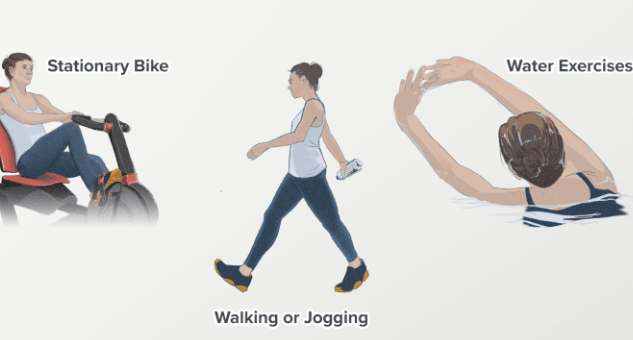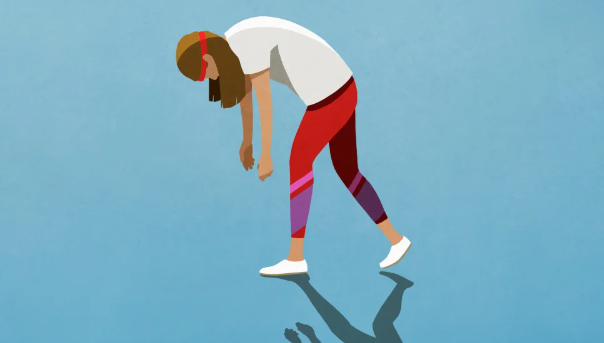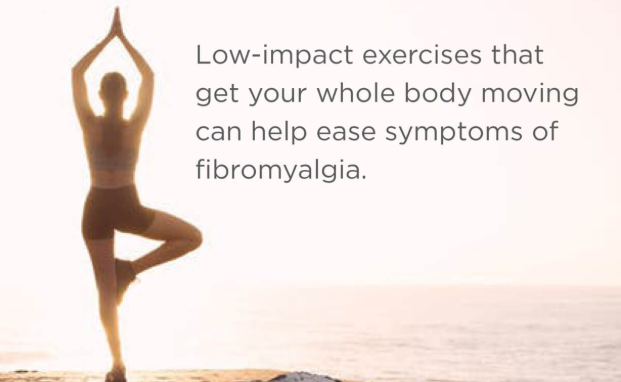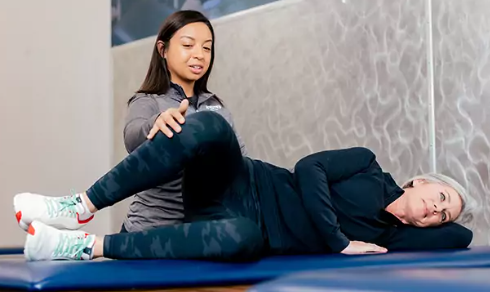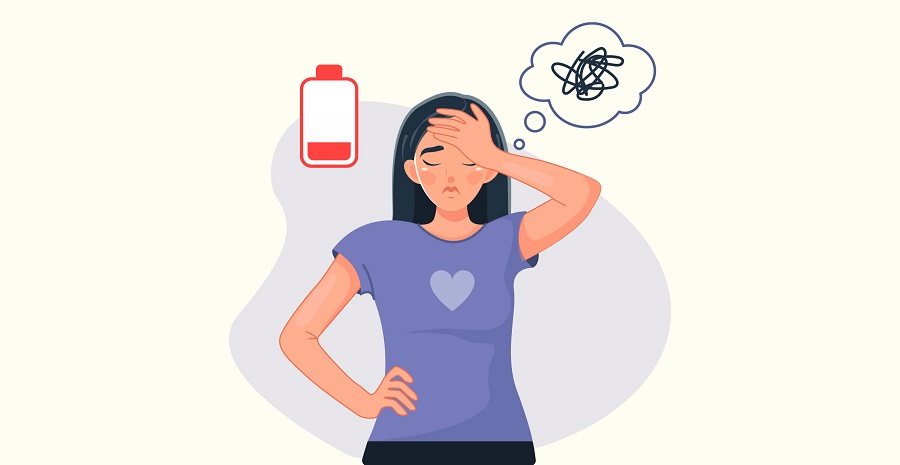Living with fibromyalgia means waking up each day not knowing how your body will behave. Some mornings are manageable. Others feel like climbing a mountain with no end in sight. Before I started working from home, this unpredictability made maintaining a career feel impossible. I constantly feared burnout, sick days, and the shame of not keeping up. But everything changed the day I transitioned to remote work. Working from home made all the difference in my life with fibromyalgia—and not just professionally, but physically and emotionally too.
Remote work gave me back a sense of control over my environment and my body. It offered space for rest, flexibility for flare-ups, and the dignity of working in a way that honors my health. Here’s how that shift transformed every part of my life.
No More Commutes, No More Energy Drain
Commuting used to be one of the hardest parts of my day. The early alarm, the rush to get dressed, the physical strain of traveling—all before my workday even began. By the time I arrived at the office, I was already exhausted. Fibromyalgia doesn’t care about time clocks. Pain and fatigue hit without warning.
Working from home eliminated that drain. I reclaimed that time for slow, gentle mornings. I could ease into my day, stretch, use heat packs, or even rest a little longer when needed. That extra energy saved at the start of each day made a huge impact on how I managed the rest of it.
Creating a Comfort-Centered Work Environment
The traditional office was never designed with chronic illness in mind. Fluorescent lights, uncomfortable chairs, loud noise, and rigid desks only made symptoms worse. At home, I had the freedom to build a space that supported me.
I worked from a soft chair or even from bed on hard days. I adjusted lighting, added soothing music, used ergonomic tools, and kept heating pads nearby, I could wear comfortable clothes, move around freely, and step away when my body signaled the need to rest. This wasn’t laziness. It was strategic self-care that made sustained productivity possible.
Pacing Myself Without Guilt
One of the hidden benefits of working from home was the ability to pace myself. In a traditional office, taking breaks can feel like slacking off. With fibromyalgia, however, pushing through leads to flares, not results. Remote work gave me the freedom to work in intervals—forty minutes on, twenty minutes off. I could lie down, stretch, or breathe deeply without judgment.
This flexibility reduced the frequency and severity of my flare-ups. It allowed me to complete my tasks while protecting my health. And the best part was that my output didn’t suffer. If anything, it improved.
Dealing With Brain Fog in a Supportive Way
Fibro fog—those moments of forgetfulness, confusion, or mental fatigue—is a frustrating and embarrassing part of fibromyalgia. In an office, these moments can feel humiliating. At home, I could work with it instead of fighting against it. I used tools like checklists, timers, and voice notes. If I needed a break to regain focus, I could take it without explaining myself.
There was a mental relief in knowing I wasn’t constantly under observation. That freedom reduced stress, which in turn made fibro fog easier to manage. I stopped fearing judgment and started finding solutions.
Balancing Productivity With Wellness
Working from home allowed me to redefine what productivity looks like. Some days, completing two solid hours of focused work was a major achievement. Other days, I could do more. Instead of feeling like I had to meet someone else’s standard of success, I began creating my own. And that shift empowered me.
I was no longer pushing myself past my limits just to appear capable. I was actually capable—because I was finally working in a way that matched the needs of my body and mind.
Emotional Safety and Mental Health Benefits
There is an emotional toll to working while in pain. In office settings, hiding discomfort becomes a survival strategy. You learn to mask your struggles, smile through agony, and fear being seen as weak or unreliable. At home, I could drop the mask.
The privacy of remote work created a safer emotional space. I cried when I needed to, I laughed freely. I wasn’t managing a chronic illness and my public persona at the same time. That emotional relief improved my mental health in ways I didn’t anticipate.
Frequently Asked Questions
1. Can people with fibromyalgia successfully work from home?
Yes. With flexible scheduling, ergonomic adjustments, and self-paced workflows, many people with fibromyalgia thrive in remote roles.
2. What are the best types of work-from-home jobs for those with chronic illness?
Jobs with flexible hours and limited physical demands such as writing, design, virtual assistance, teaching, and customer service are ideal.
3. How do you manage flare-ups while working remotely?
Use pacing techniques, take breaks, communicate with your employer, and adjust your workload when necessary. Having a personalized routine helps.
4. Is it okay to work from bed with fibromyalgia?
Absolutely. Comfort is key. If working from bed allows you to function better, do what works best for your body.
5. How can I talk to my employer about remote work as an accommodation?
Document your needs and symptoms, highlight how remote work supports your performance, and ask for accommodations through HR or a doctor’s note if needed.
6. Does working from home help reduce fibromyalgia symptoms?
Yes. Many find that reduced stress, flexible pacing, and a supportive environment lead to fewer flares and better symptom management.
Working from home made all the difference in my life with fibromyalgia. It gave me back agency, comfort, and peace of mind. It allowed me to work with my body instead of against it. And most importantly, it showed me that having fibromyalgia doesn’t mean I’m incapable—it means I need a different path to thrive. Remote work is not a luxury. For many of us, it’s a lifeline.
For More Information Related to Fibromyalgia Visit below sites:
References:
Fibromyalgia Contact Us Directly
Click here to Contact us Directly on Inbox
Official Fibromyalgia Blogs
Click here to Get the latest Chronic illness Updates
Fibromyalgia Stores
